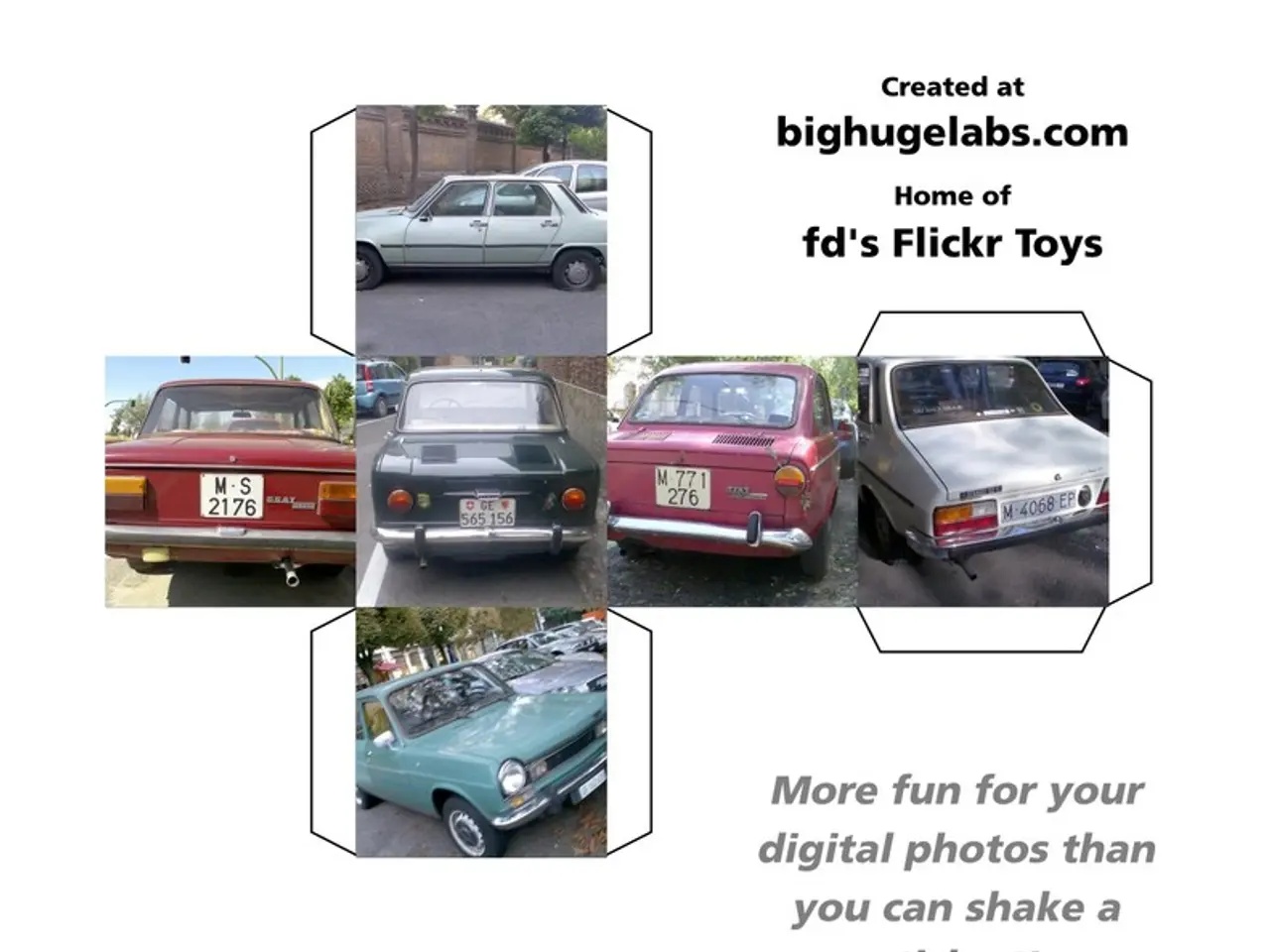Guggenheim Enhances Cryptocurrency Approach through $20 Million Issuance of Tokenized Business Paper
The crypto industry is witnessing a surge in the tokenisation of real-world assets (RWAs), with major investment firms taking notice. The latest entrant in this race is Guggenheim, a global investment giant with $300 billion in assets under management.
Guggenheim's decision to join the RWA tokenisation race indicates a growing interest among major investment firms in this area. The firm is partnering with blockchain platform Zeconomy to issue tokenised commercial paper worth $20 million on the Ethereum blockchain.
According to RWA.XYZ, the total value of tokenised RWAs is currently around $12.42 billion, with approximately $8.8 billion in private credit and approximately $2.2 billion in U.S. government treasuries. This figure is expected to grow significantly, as the RWA tokenisation industry has been attracting big names such as BlackRock and Franklin Templeton.
The tokenisation of RWAs is a burgeoning vertical of the crypto industry, with more than $12 billion in tokenised assets currently, including over $2 billion in tokenised US treasuries. This innovation is rapidly advancing, with significant adoption in sectors like real estate, commodities, carbon credits, and financial instruments.
Real estate tokenisation enables fractional ownership and global tradability of high-value properties, as illustrated by the 2018 St. Regis Aspen Resort token sale. Commodities such as gold are being tokenized to provide 24/7 liquidity and integration with decentralized finance (DeFi) systems. Carbon credits, invoices, and receivables are also increasingly tokenized, improving transparency, liquidity, and faster access to capital.
Traditional asset managers like BlackRock and Franklin Templeton are participating by adopting token-friendly custody, exploring tokenized shares, and piloting digital asset offerings. For instance, BlackRock has shown interest in leveraging blockchain to innovate asset management and custody services. The technological and regulatory landscape is maturing, with pilot projects underway for digital-native bonds, equities, and tokenized collateral supporting real-time margining and risk management.
The overall market capitalization for tokenized RWAs could reach $2 trillion by 2030, excluding cryptocurrencies such as Bitcoin, emphasizing significant growth potential. The RWA tokenisation segment is currently one of the hottest verticals in the crypto space.
Moody's Investors Services has given Guggenheim's tokenised commercial paper a rating of P-1, the highest possible mark for short-term credit products. This move marks a significant step for Guggenheim, which previously had 10% of its portfolio exposed to Bitcoin via the Grayscale Bitcoin Trust (GBTC), which converted to Grayscale Spot Bitcoin ETF in January this year.
In summary, the tokenisation of RWAs is no longer a niche crypto experiment but an emerging mainstream financial innovation supported by some of the largest asset managers globally. It promises to reduce friction, improve liquidity, and broaden investor access to traditionally illiquid assets, with a growing ecosystem involving both crypto-native and traditional finance players.
Guggenheim's entry into the RWA tokenisation industry, partnering with Zeconomy, demonstrates a growing interest among major finance firms in this technology-driven sector, particularly in finance and investing. With a $20 million tokenised commercial paper issue on the Ethereum blockchain, Guggenheim joins other heavyweights like BlackRock and Franklin Templeton who are increasingly adopting this technology in their investing strategies, expanding into areas such as real estate, commodities, and financial instruments.




